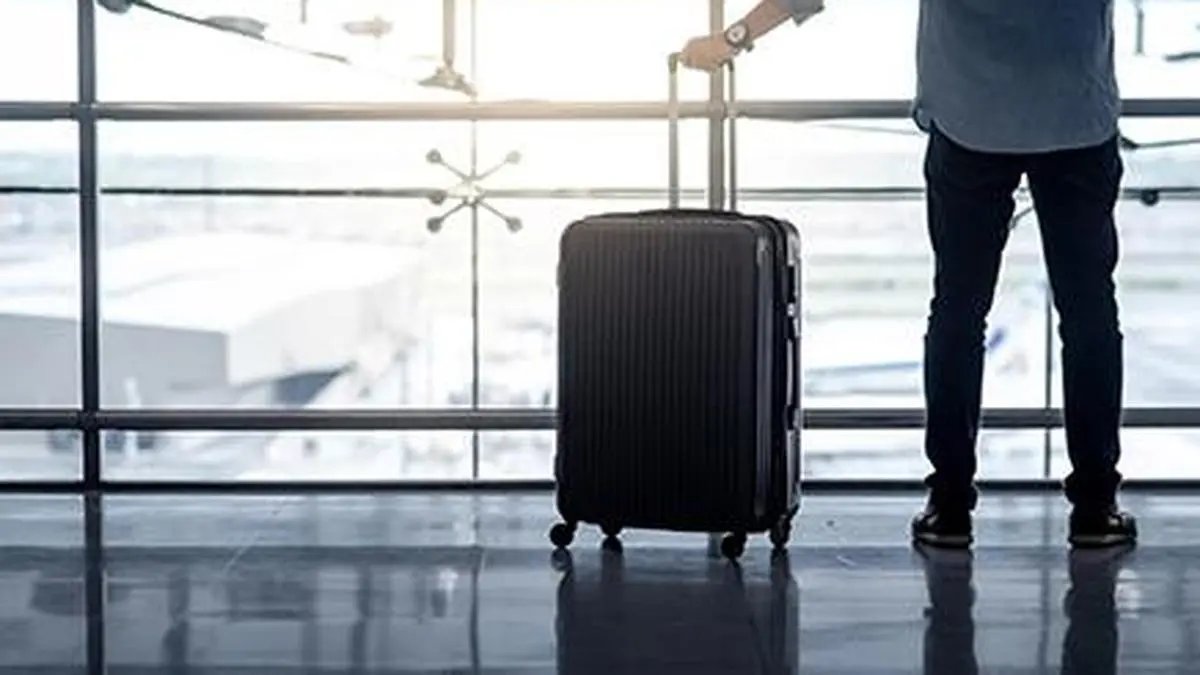On the cards: Centre plans pilot for seamless domestic-to-international air travel

A pilot project aimed at enabling seamless passenger transfers from domestic flights coming from smaller cities to international departures at a major hub airport is in the final stages of planning awaiting interministerial clearances, sources told businessline.
Accordingly, the pilot will evaluate mechanisms to streamline international air travel for passengers originating from smaller cities.
Speaking to businessline, Union Civil Aviation Minister Ram Mohan Naidu said the pilot project is to be launched after extensive deliberations on various aspects, including security.
“We had presented the concept to the Home Ministry, detailing all the pros and cons for their assessment,” he said.
“Following thorough discussions, the Home Ministry is actively considering our proposal.”
The initiative is part of the broader ‘Hub Strategy’ for airport operations.
Industry insiders said that the proposed mechanism will focus on improving connectivity from tier-I and tier-II cities that currently lack direct international services.
According to them, the pilot will evaluate how immigration and baggage transfers can be integrated efficiently at the point of origin.
“A pilot project will be run to evaluate how seamless international travel can be facilitated from a tier-II city to hub airports in Delhi,” an industry insider told businessline.
Under the proposed system, passengers flying from a tier-II city will undergo security and immigration checks at their departure airport itself.
Their baggage will be checked through to the final international destination and transferred automatically during the domestic leg.
“Once the passenger lands at the hub airport via the domestic flight, they will be escorted through a special corridor (security hold area) to the international pier,” an industry executive aware of the development said, adding that only a single security check would then be required.
The move, another source said, is expected to significantly reduce transit friction for international travellers from smaller cities and could serve as a model for scaling up hub airports.
“The pilot will test the new simplified regulations, which have been made in consultation with the industry. These regulations are intended to ensure a hassle-free travel experience,” the second source said.
“The proposed measures include faster security checks, improved baggage handling and better inter-terminal connectivity. Airlines and airport authorities are also coordinating to introduce a seamless passenger movement framework that aligns with global standards.”
A hub airport synergises both domestic and international operations in a manner that allows passengers to transit seamlessly between the two.
Such a hub requires well-synchronised flight connectivity to regional airports, in addition to efficient metro, road and highway access.
Under the hub-and-spoke model, passengers arriving from various smaller cities are grouped together and transferred in a coordinated manner to major hubs such as Delhi for international connections.
Notably, the Centre has established a platform under which industry participants and various ministries are collaborating to frame a strategy for developing hub airports in the country.
At present, India does not have any designated international hub airports. This has resulted in a substantial volume of passenger traffic from India transiting through airports in the Middle East and South-East Asia to reach long-haul destinations.
The aim, sources said, is to make India-based airports as competitive as those in Dubai and Singapore.
“A traveller flying from Varanasi to New York via Delhi currently has to undergo multiple checks. With the hub strategy, these procedures will be streamlined, significantly improving efficiency,” an industry insider explained.
Additionally, the hub airport consultative committee is working on a more efficient slot-bank system to accelerate the development process.
As per aviation parlance, a slot-bank system allows airlines to schedule both domestic and international flights to arrive at a hub airport within a specific timeframe, giving passengers sufficient time to connect between flights.
Currently, several major airlines in the country have already begun using the slot-bank system to provide seamless international connections for passengers flying from South-East Asia via Delhi to Europe and the Middle East.
Recently, while inaugurating the newly refurbished Terminal 2 of Delhi Airport, Minister Naidu highlighted the future-ready and tech-enabled facility will enable IGIA to emerge as a major domestic and regional hub.
He noted, “Delhi Airport efficiently handles around 50,000 daily transfers, reinforcing its position as a true hub airport.”
The inauguration of the state-of-the-art Terminal 2 takes the airport’s passenger capacity beyond 100 million and with its multi-terminal operations, enhances Delhi Airport’s ability to manage transfers seamlessly.
Published on October 27, 2025



